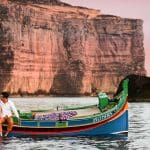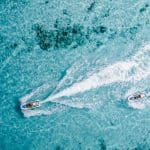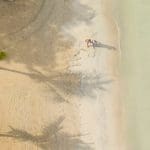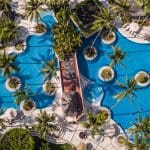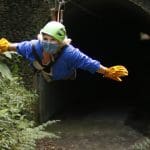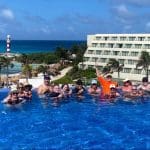Hurricane enabled crocodiles to roam freely
IAN STALKER
Cuba’s La Redonda Lake has some predatory fugitives who have been on the lam for years.
The large watery retreat — found in the Cuban province of Ciego de Avila — is linked to mangrove-lined channels that have that provide a shelter for such creatures as pelicans, fish, rodents, and vultures.
And then there are crocodiles as well, with those toothy reptiles having escaped from a nearby crocodile farm seven years ago in the aftermath of a hurricane. Hundreds escaped, with some quickly recaptured.
However, others remained free after the mass breakout and continue to make La Redonda their home, feeding on abundant fish.
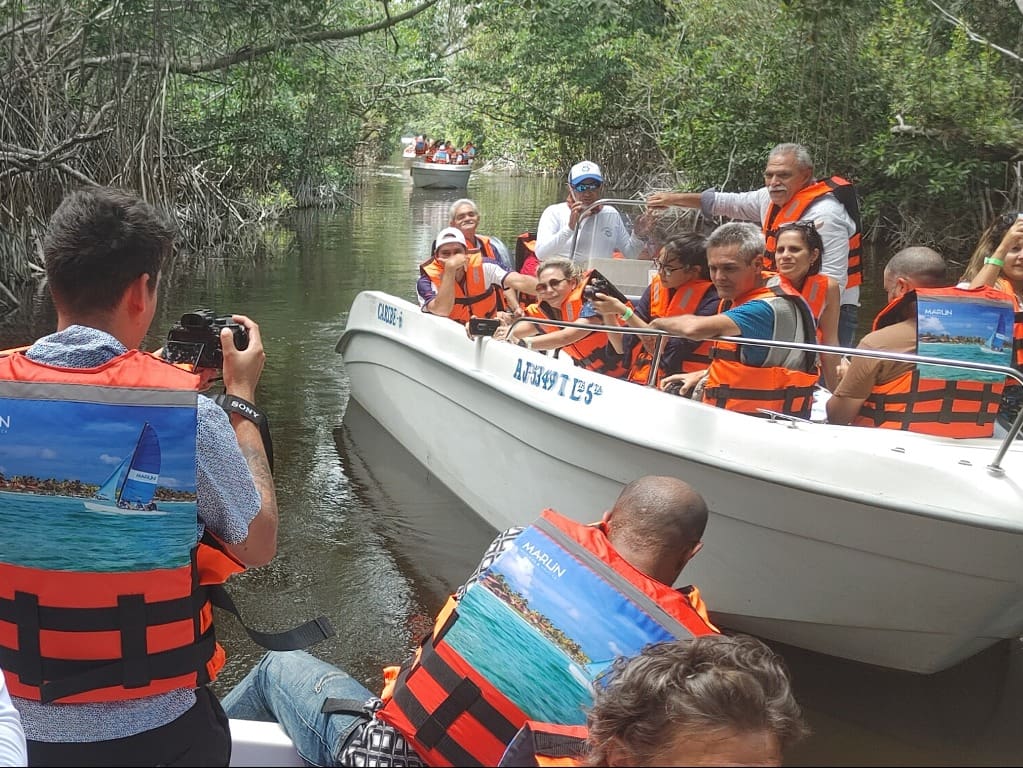
The crocodiles are well-suited for the La Redonda environment.
La Redonda Lake has a fleet of motorboats used to take tourists on guided excursions, with those guides including eagle-eyed Roberto “Take” Castillo, who easily can spot the likes of a tree-dwelling rodent for his passengers in the protected area.
The tours crisscross the lake and navigate a channel, where the water may be as shallow as one meter.
Castillo will also point out a huge termite nest for visitors, with the guides having added their own distinctive decorative touch to the insects’ home.
The cruises are available daily.

Visitors can also have lunch at a lakeside restaurant, listening to Cuban musicians while doing so.
Meanwhile, Cubatur guide Vladimir Galloso realizes that some people may be uncomfortable around crocodiles but adds that they shouldn’t be uneasy about going on a La Redonda tour.
Swimming in the lake or channels might be ill-advised but the tours always use the motorboats, he notes.
“If they (tourists) are nervous, they can still go on the boat,” he reassures. “When they’re on the boat there’s no problem.”

